The gardens at the Old Rectory in Litton Cheney, where formal and informal come together in harmony
The Old Rectory in Litton Cheney, Dorset has four acres of gardens with many and varying elements, all drawn beautifully together with the help of Arne Maynard. Christopher Stocks paid a visit; photographs by Britt Willoughby Dyer for Country Life.
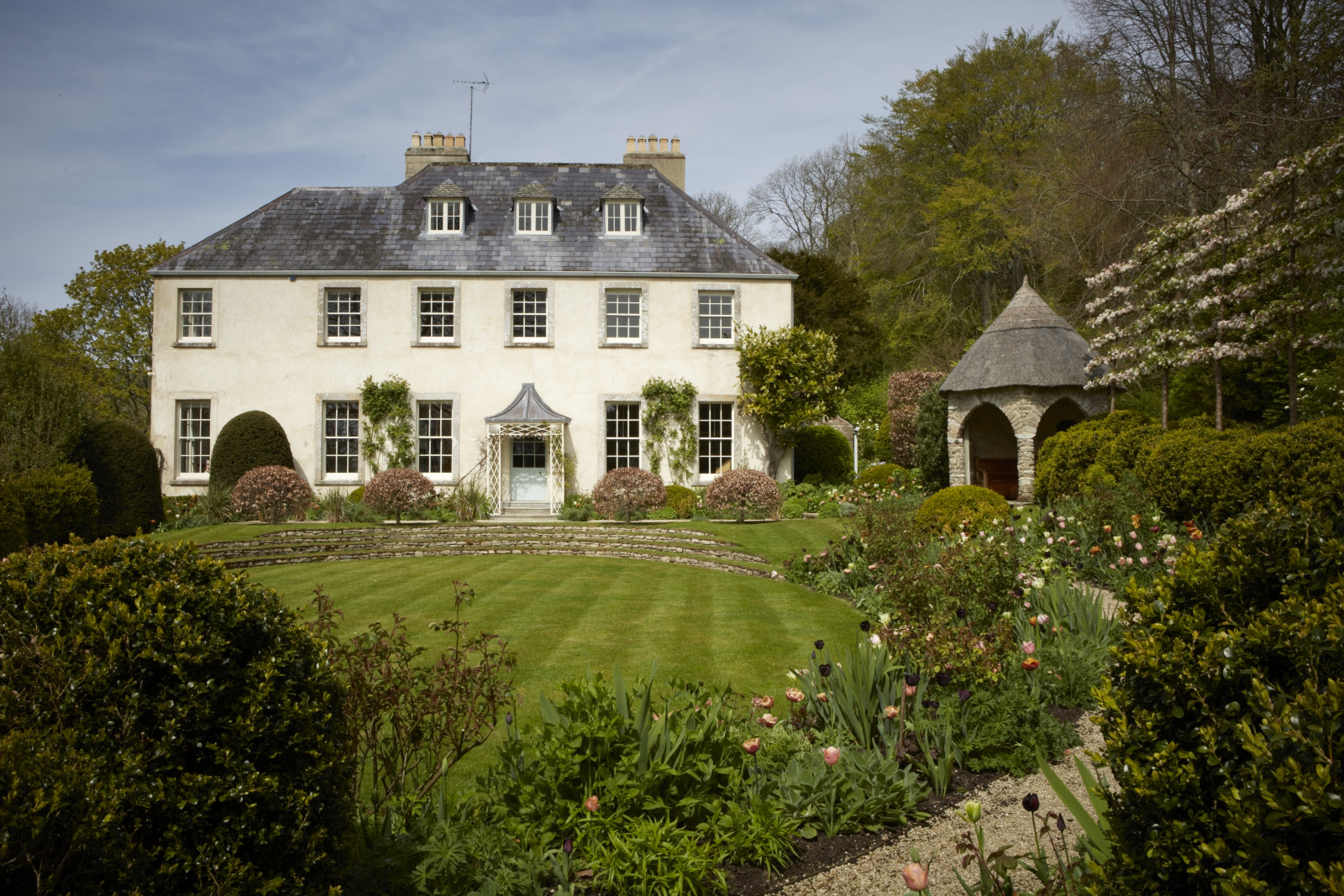

Only a couple of miles inland from Chesil Beach, Litton Cheney tucks into the southern slopes of the high escarpment that hangs above the verdant valley of the River Bride. It’s a classic Dorset village, with its thatched cottages, spreading oak trees, gurgling streams and narrow lanes. At the bottom is the pub and right at the top is the 14th-century church. Immediately below, its roof on a level with the daisies in the churchyard, is a classic Georgian rectory, complete with latticework porch and a thatched summerhouse off to one side.
The house, built in about 1780, perches on a long, narrow shelf cut into the side of the hill, which rises steeply above it on one side and falls away just as steeply on the other. The thickly wooded area below the house has a wild, romantic atmosphere, animated by crystal-clear springs that burst from fern-fringed hollows in the hillside and rush down narrow gullies into shady pools below.
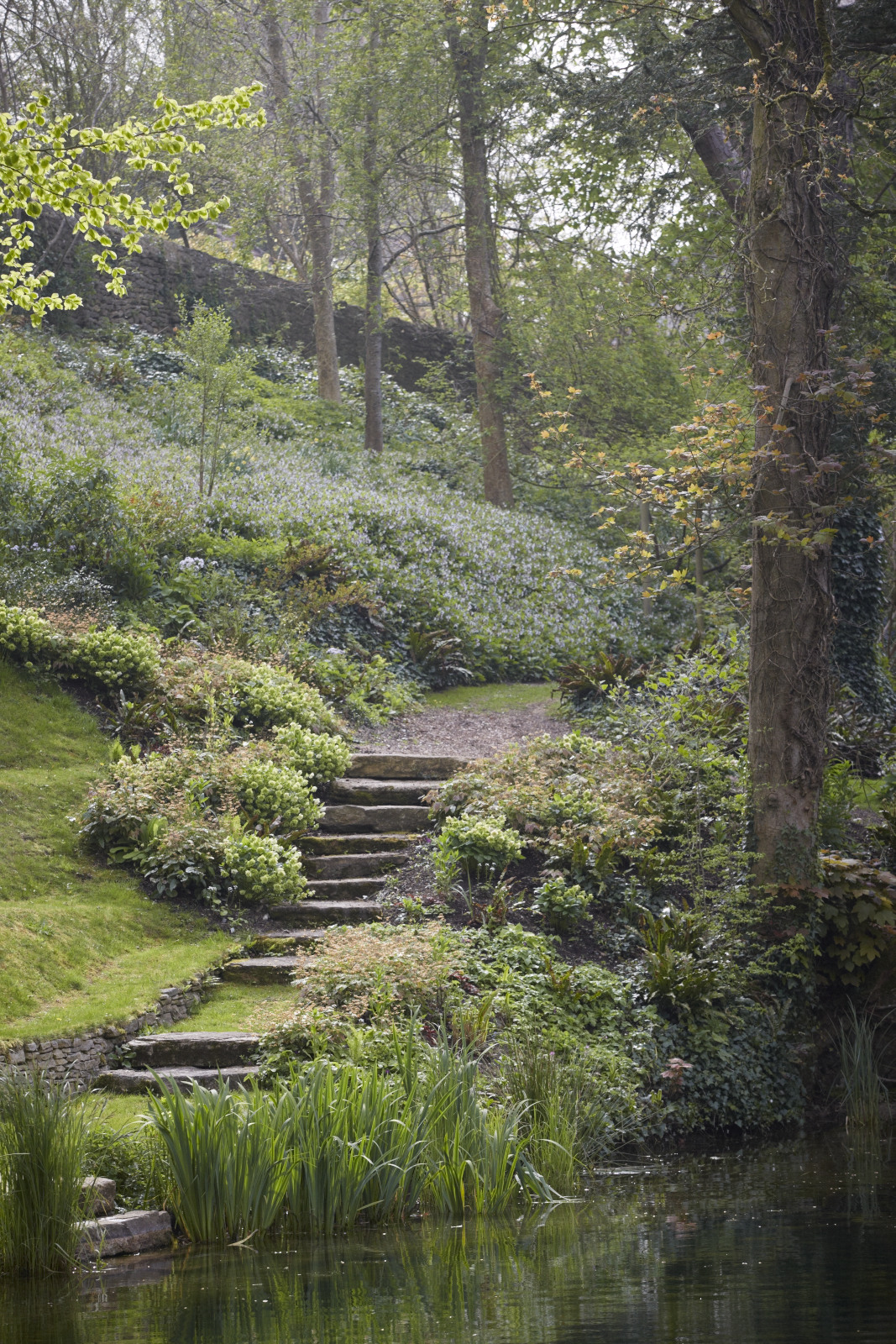
From 1953 to 1979, the Old Rectory was the home of the engraver Reynolds Stone and his photographer wife, Janet, who between them welcomed many of the leading literary and artistic figures of their day, from Iris Murdoch and Kenneth Clark to Joyce Grenfell and Benjamin Britten. Since 2009, it has been owned by Richard and Emily Cave, who have refurbished the house and, with the help of Arne Maynard, considerably smartened up the four acres of woods and gardens that surround it.
As it is for most new owners, their first focus was on the house, but they started talking to Mr Maynard in 2014, after Mrs Cave had attended a gardening course at Allt-y-bela, his home and garden in Monmouthshire.
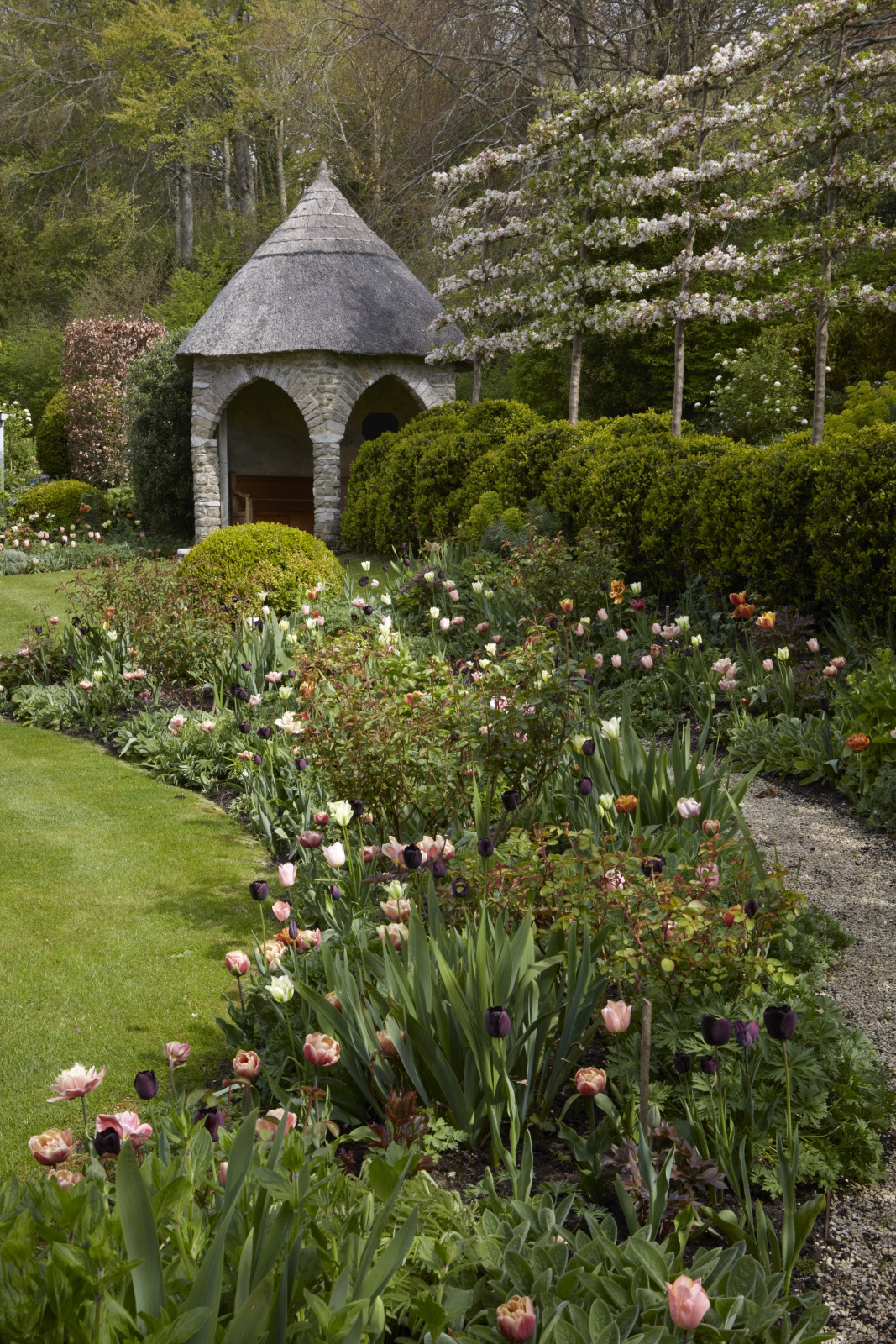
‘I loved what he had done there,’ she says, ‘and we got on right away. We asked him to connect the house to the garden more solidly, and to impose a bit of order.’ By happy coincidence Mr Maynard had been brought up in Dorset, and although he hadn’t visited Litton Cheney before, its setting immediately struck a chord.
‘When I first visited, the garden was rather overgrown,’ he recalls, ‘but I remember being awestruck — all those springs, especially the one they call the grotto immediately below the house. The site is actually pretty constrained, but it feels much larger than it really is because of the way it shades off into wildness at the edges.’
The first stage of the project was also the biggest, but made the most obvious difference. For Mr Cave, an expert in 18th-century English furniture who set up on his own in Notting Hill after 25 years at Mallett, the most important thing was to place the house more successfully in the garden.
Sign up for the Country Life Newsletter
Exquisite houses, the beauty of Nature, and how to get the most from your life, straight to your inbox.
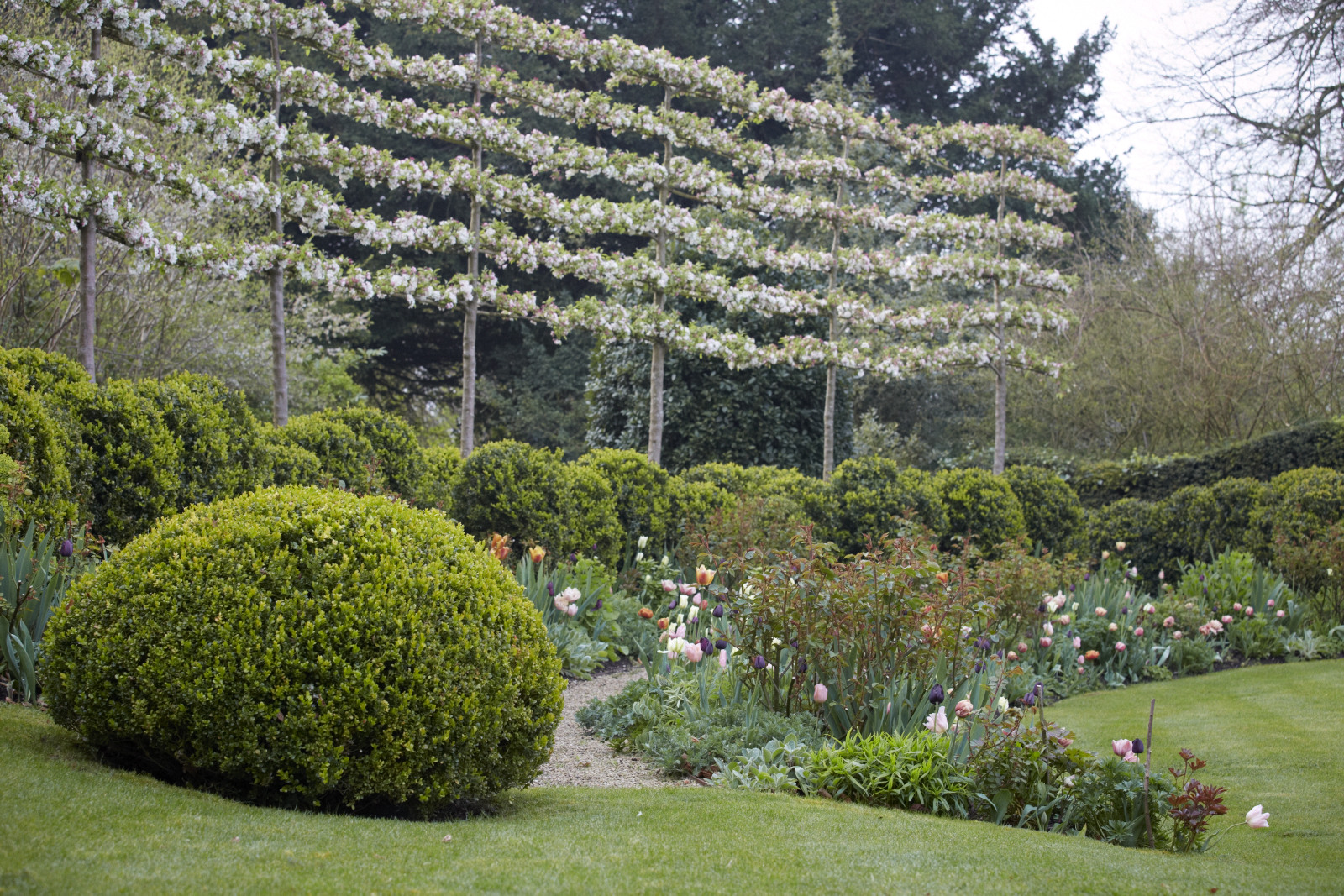
‘When we moved in, there was a turning circle right outside the front door,’ Mr Cave says, ‘and the lawn sloped down to the house.’ Mr Maynard moved the drive to the side and realigned the levels in front of the house, so that it now sits on a grassy plinth and you are able to step from the door straight out onto the lawn.
‘One of the things that struck me most was the view from the hall into the garden,’ the landscape gardener says. ‘It’s important that you look out into soft landscaping and can walk outside in bare feet if you want to, which is why we came up with the idea of the grass steps.’
It’s a motif with local associations, too. Mr Maynard was brought up near Charlton Marshall, south of Blandford, and the garden of an old house there (since demolished) had a similar feature that lodged somewhere in his memory.
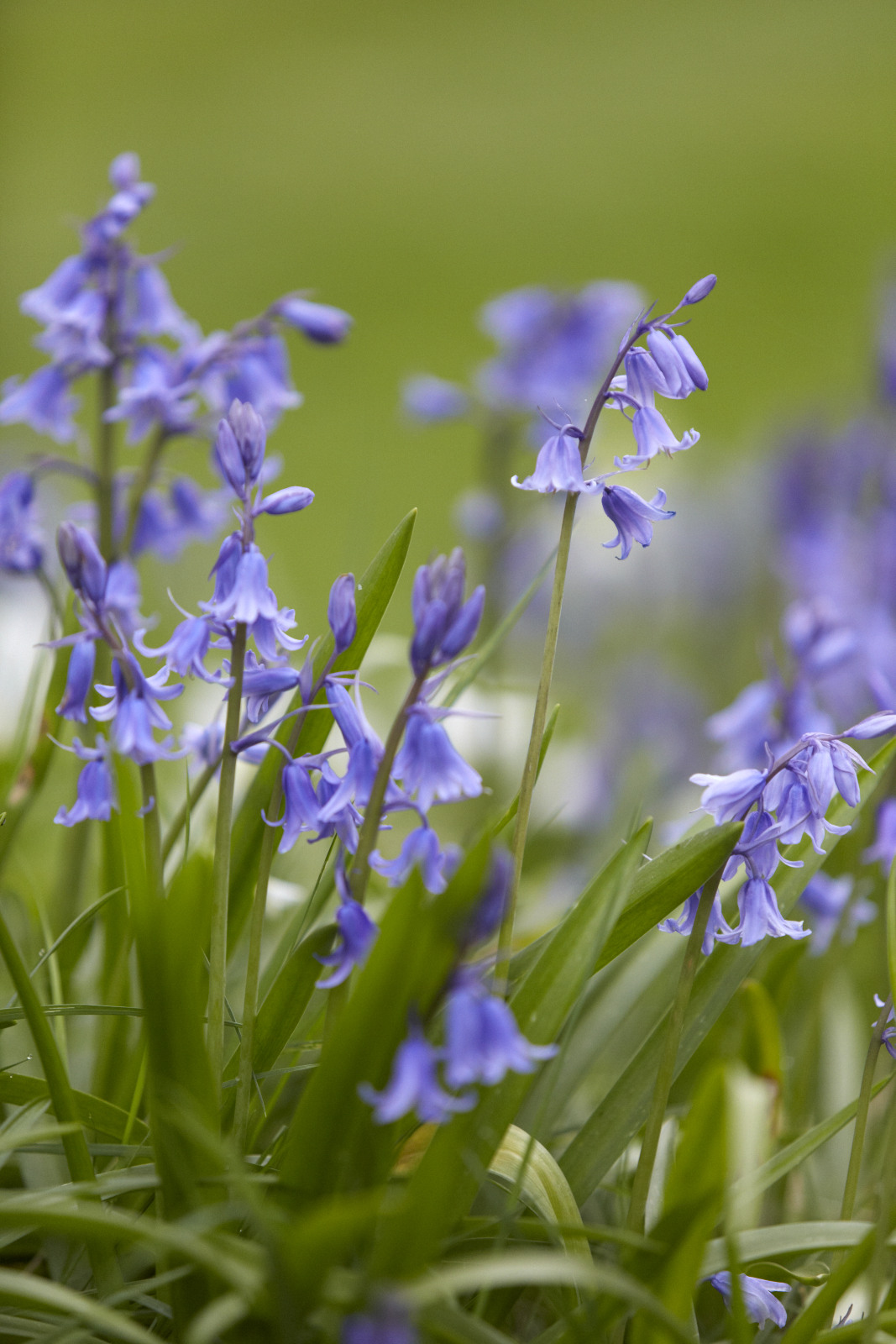
The planting, as befits a Georgian house in the country, is a studied mix of gentle informality with a few more formal elements closer to the house, although even these have been chosen for their slightly tousled, bucolic feel. Instead of pleached limes, for example, the drive is screened by a row of crab-apples that rise above a low hedge of loose-clipped box, which mirrors the existing box hedge on the other side of the lawn.
As Mr Maynard explains, this open screen does several things: ‘It hides cars and gives the front garden some privacy, as it’s overlooked from the churchyard above. We could have planted a hedge along the churchyard boundary, but that felt disrespectful. The ground rises so steeply above the drive that it’s almost a cliff, so the hedge also helps divide up the vertical height, like putting a comma in a paragraph.’
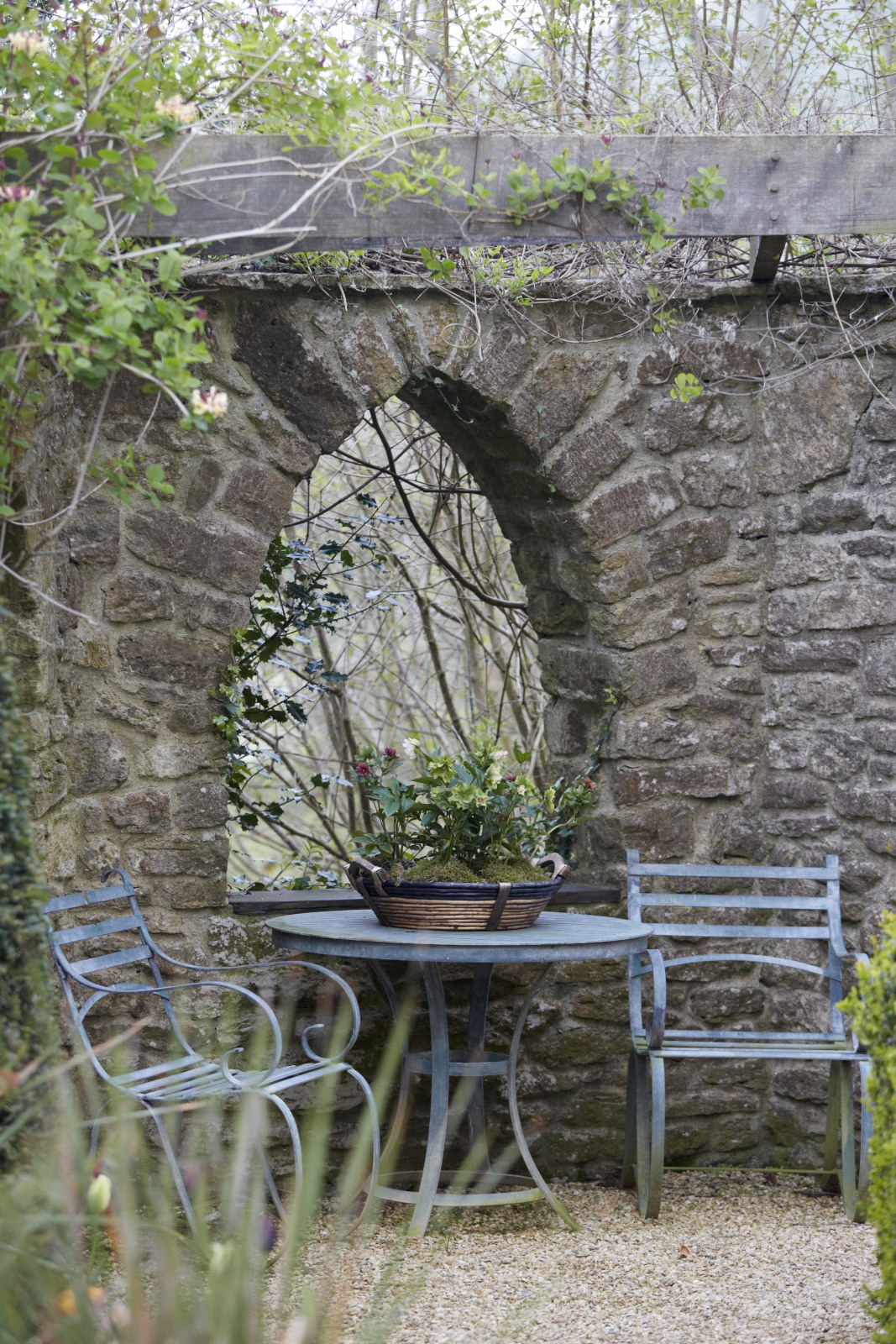
Beyond the house, the ledge of flatter land continues past the old tithe barn and coach house (formerly Stone’s studio, now holiday accommodation) to a small kitchen garden. ‘Again the challenge was to create something interesting on a narrow site,’ Mr Maynard notes. ‘We tried to keep it simple, with asymmetrical beds, which I think look rather charming.’
Beyond the kitchen garden a gate leads into an open meadow, on whose upper slopes Mrs Cave has established a rose nursery for her new business, Rosa Cheney, which supplies cut roses for weddings and gifts.
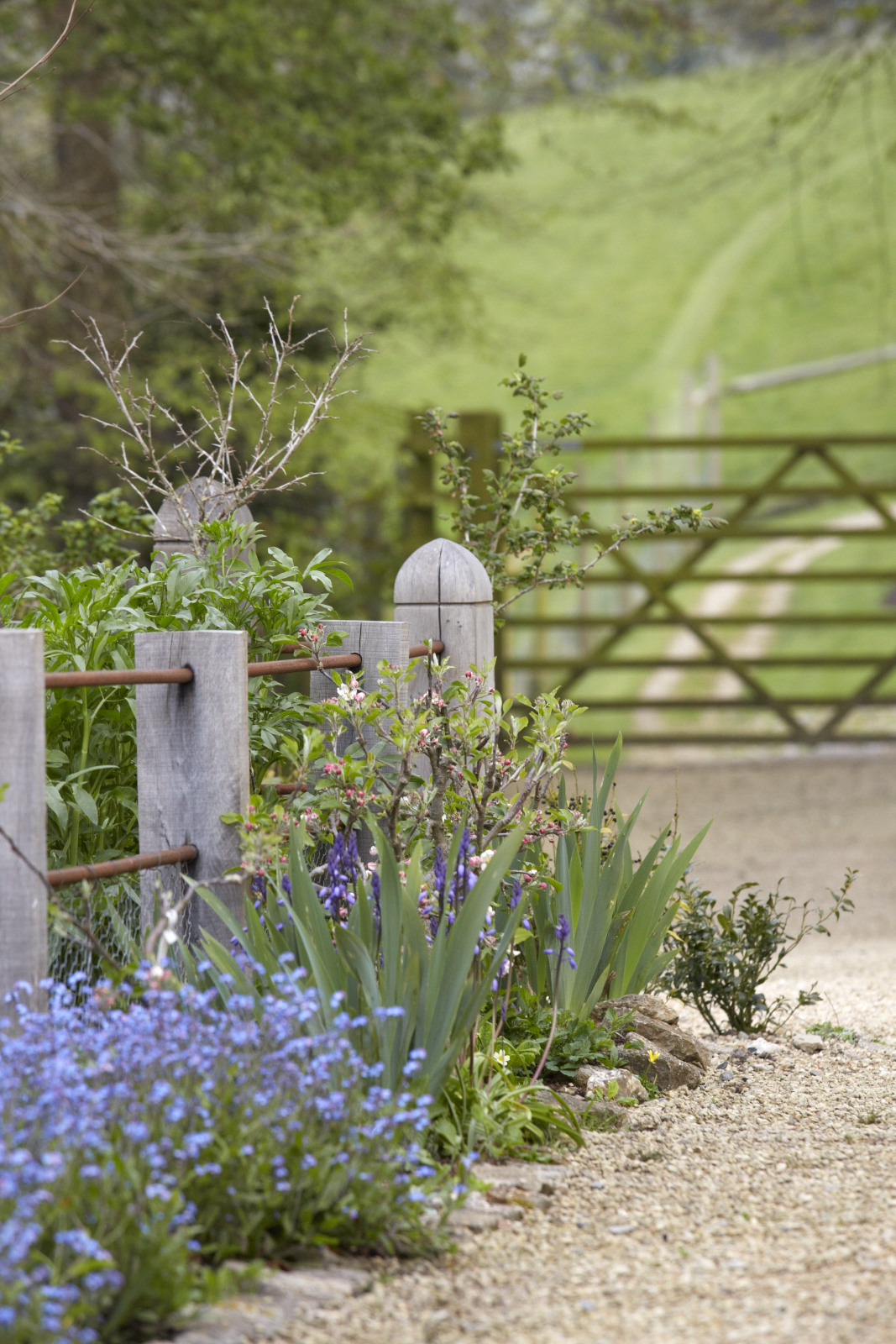
Perhaps the most magical area is also the least conventionally gardened. The hillside below the house, with its gurgling springs and tall trees, is too steep and damp to be tamed, although the Caves have opened up the tree canopy and cleared the undergrowth to let in more light.
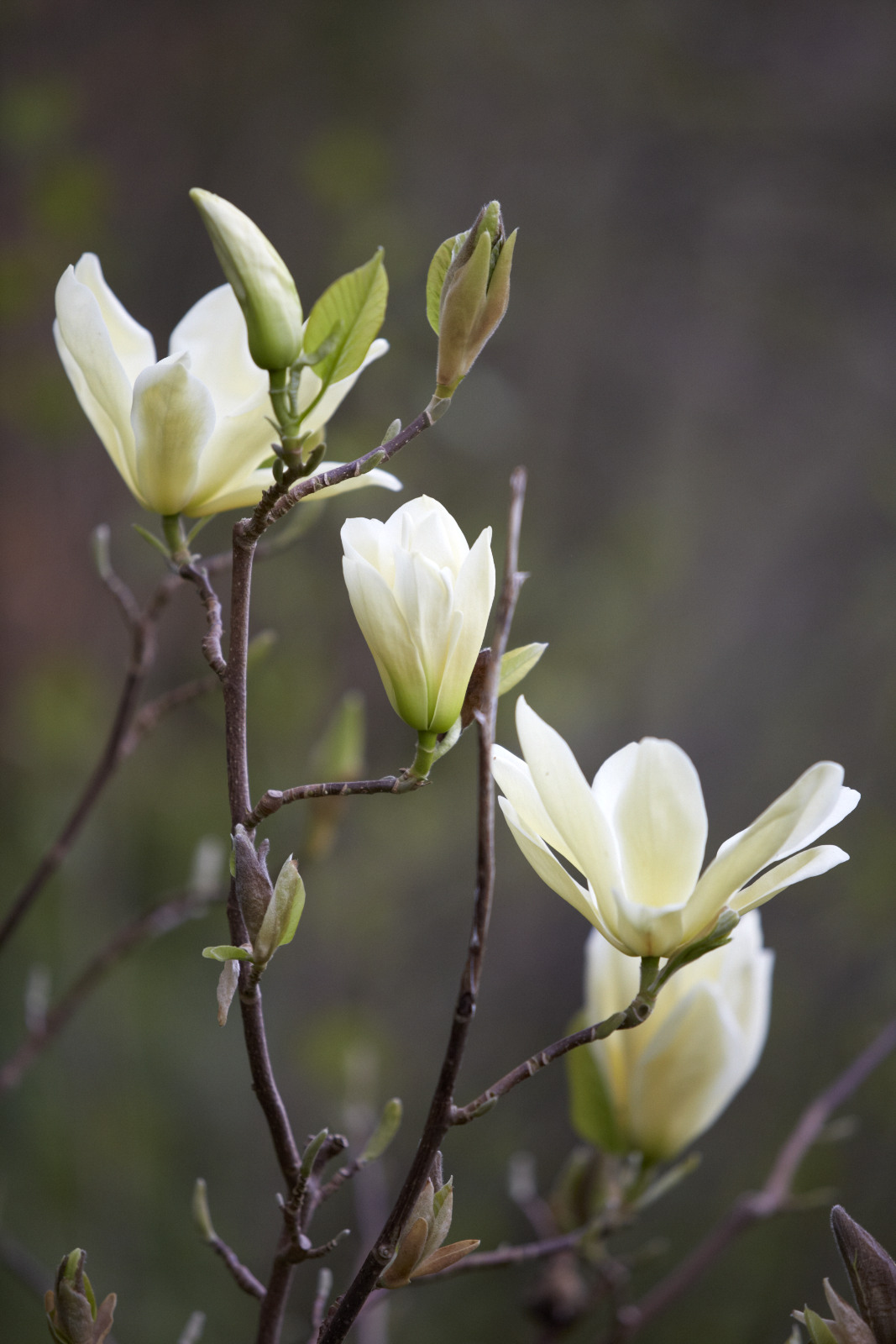
The biggest change is the swimming pond. Overlooked by a newly stepped hillside, Mr Maynard designed it as a place to sit and warm up after a swim in its chilly waters. It adds formality in its wild surroundings. As he explains: ‘The whole garden is a play on these contrasts: formality and informality, cut and uncut, clipped yew versus clipped field maple, the loose-clipped box at the front, the tumbling borders, the plants seeded out in the chippings — it’s the thread that pulls the whole thing together.’
The gardens of the Old Rectory at Litton Cheney are open via arrangement via the NGS
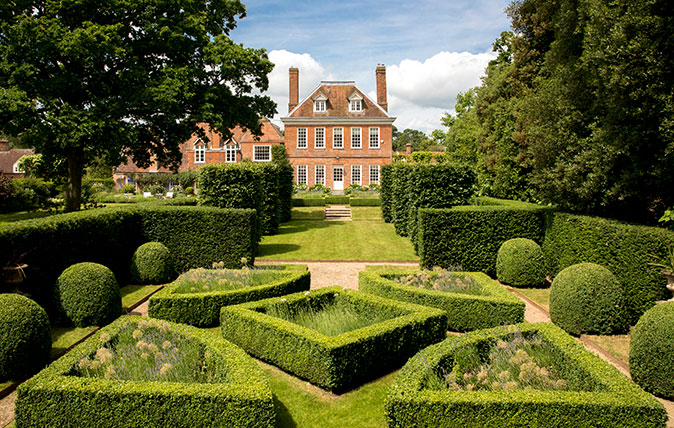
Credit: Knight Frank
A glorious Berkshire house with gardens by Arne Maynard, within easy reach of London and Oxford
Chieveley House is a beautifully-restored country house in an unspoiled Berkshire village within easy reach of London and Oxford.
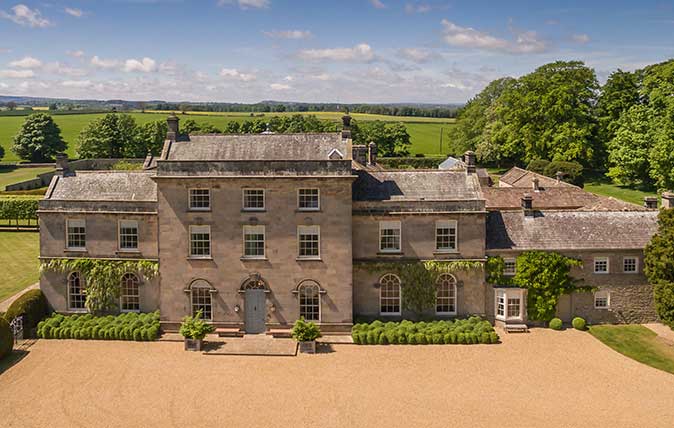
Credit: Thorpe Hall (Savills)
A staggering Georgian house and estate that was saved from ruin, now seeking a new owner
The grade II*-listed Thorpe Hall was falling to pieces when the last owners took it on – today, it’s a
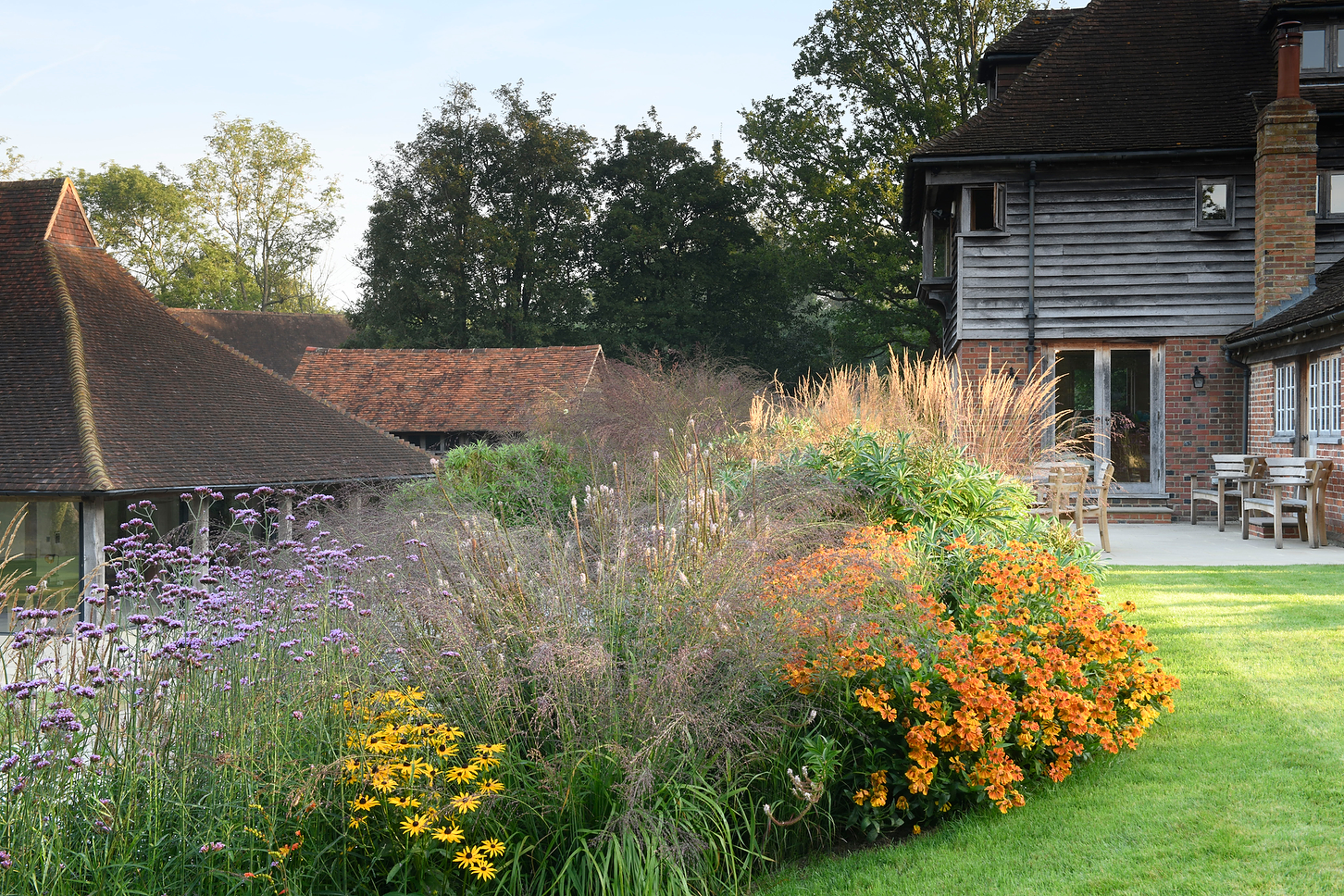
The best garden designers and landscapers in Britain
A beautiful country house is as much about its surroundings as its bricks and mortar, something that the best garden
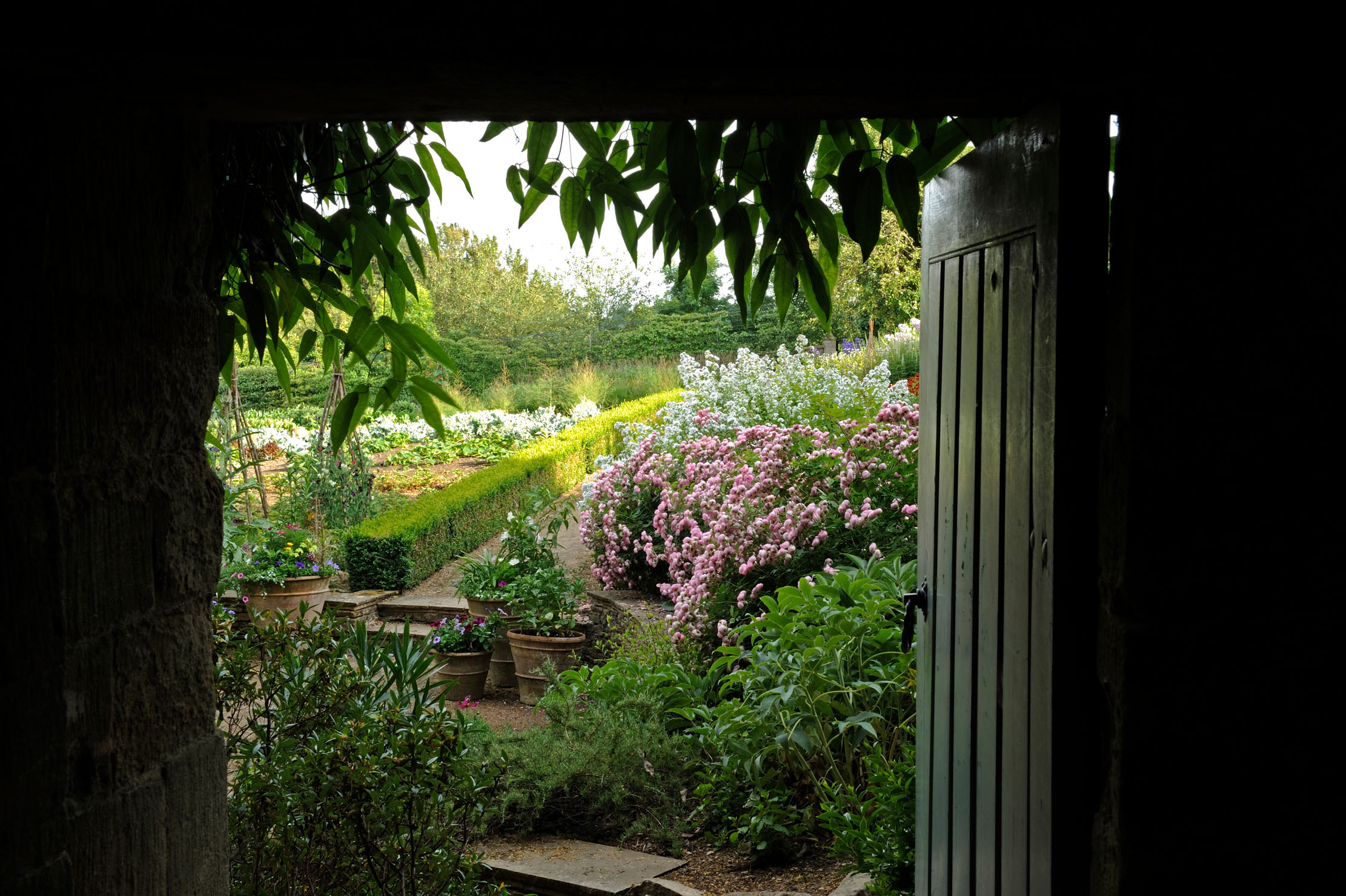
The Cotswolds garden at Banks Fee: Spectacular views, glorious hedges and a kitchen garden which produces veg boxes for the whole family
Spectacular views set off varied formal elements, from pleached hornbeams to a large kitchen garden, in this serene Cotswold garden.
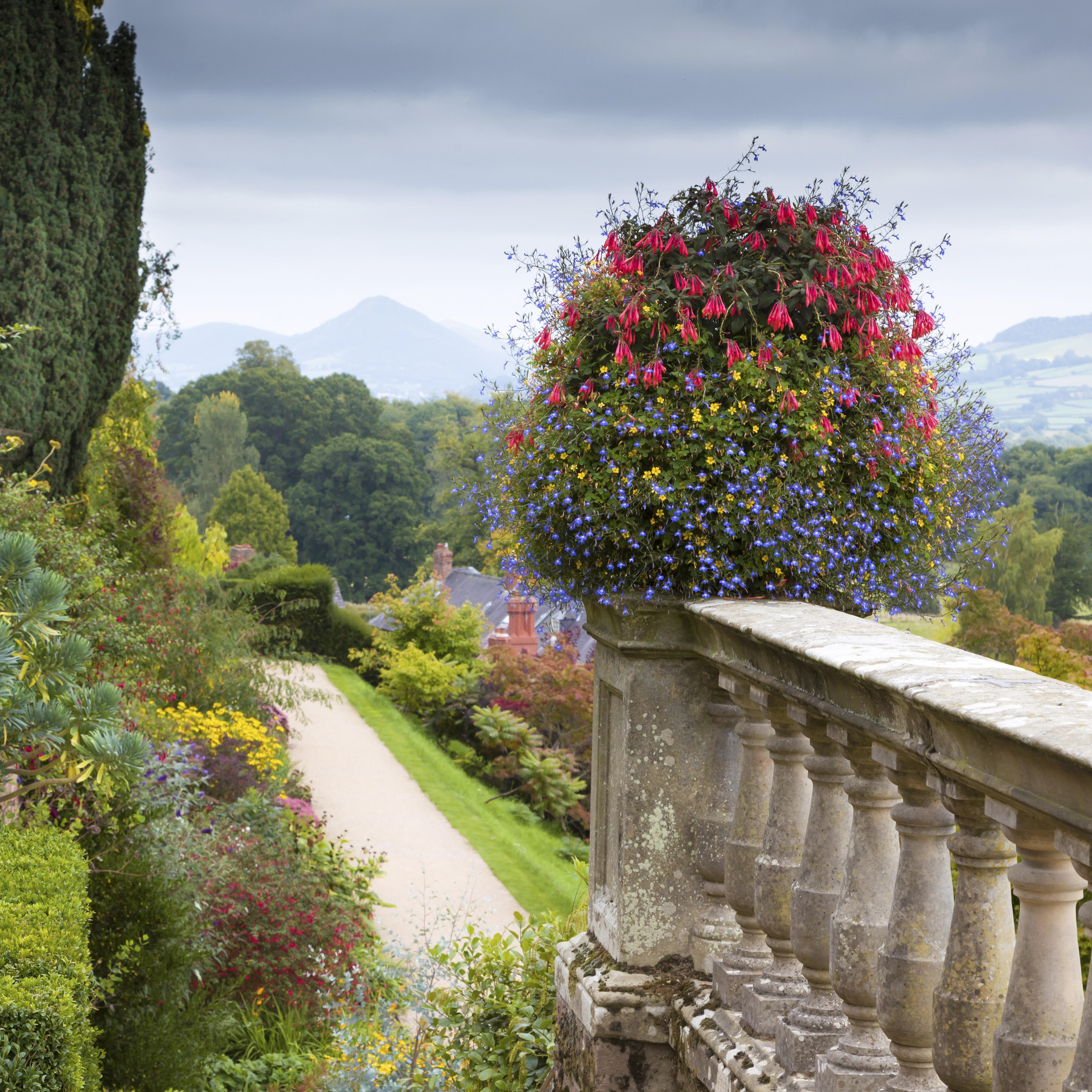
Britain's top landscape architects on how to make your garden fit perfectly into the world around it
You can't just plant what you like and just expect it to work in sympathy with its setting — it needs
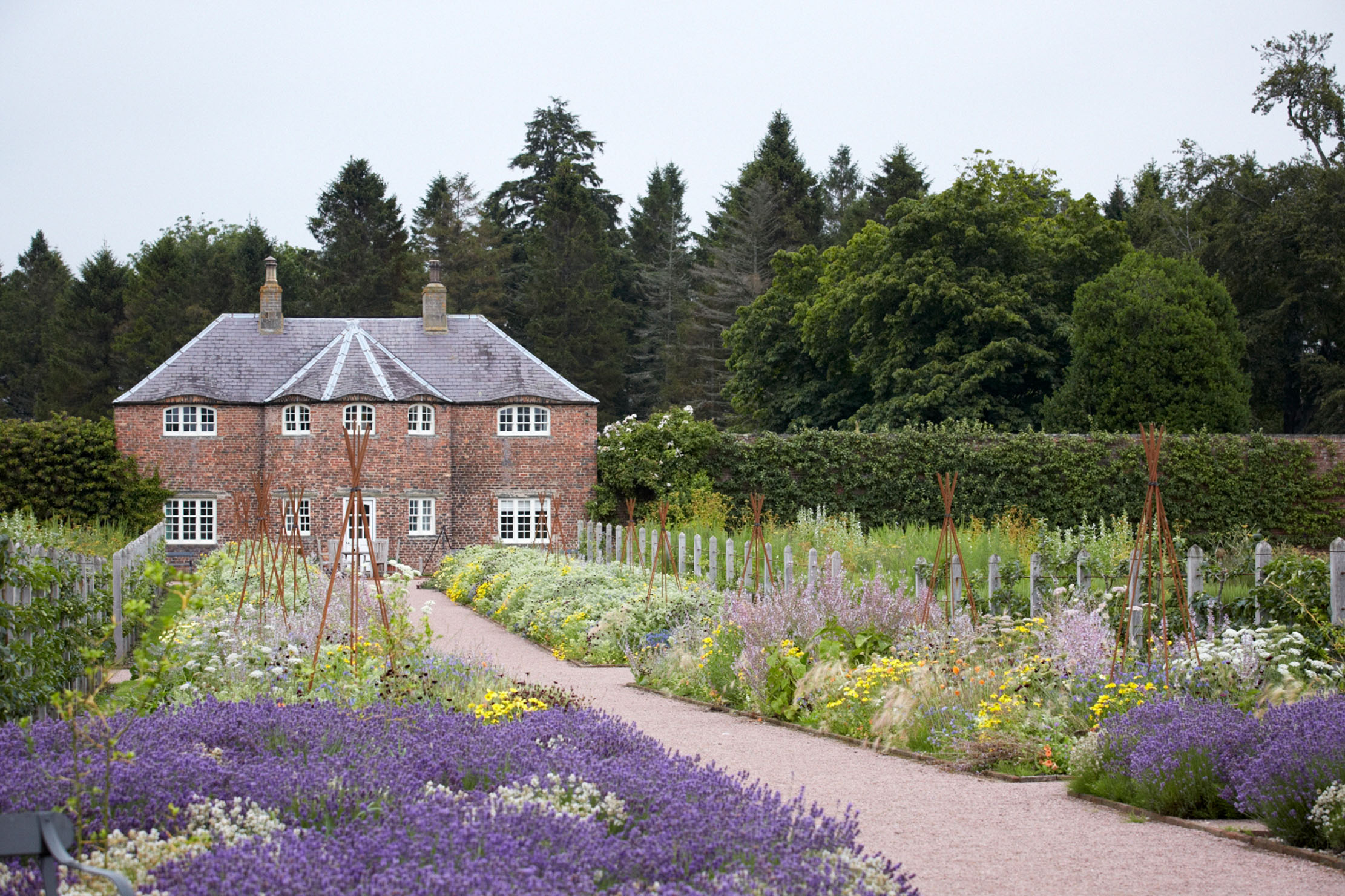
The magnificent walled garden at Gordon Castle, a 'miraculous proof of life after death' that is 'the future of the kitchen garden'
Steven Desmond looks at Gordon Castle Walled Garden at Fochabers in Morayshire, and applauds a ground-breaking restoration that balances productivity
Country Life is unlike any other magazine: the only glossy weekly on the newsstand and the only magazine that has been guest-edited by HRH The King not once, but twice. It is a celebration of modern rural life and all its diverse joys and pleasures — that was first published in Queen Victoria's Diamond Jubilee year. Our eclectic mixture of witty and informative content — from the most up-to-date property news and commentary and a coveted glimpse inside some of the UK's best houses and gardens, to gardening, the arts and interior design, written by experts in their field — still cannot be found in print or online, anywhere else.
-
 How an app can make you fall in love with nature, with Melissa Harrison
How an app can make you fall in love with nature, with Melissa HarrisonThe novelist, children's author and nature writer Melissa Harrison joins the podcast to talk about her love of the natural world and her new app, Encounter.
By James Fisher
-
 'There is nothing like it on this side of Arcadia': Hampshire's Grange Festival is making radical changes ahead of the 2025 country-house opera season
'There is nothing like it on this side of Arcadia': Hampshire's Grange Festival is making radical changes ahead of the 2025 country-house opera seasonBy Annunciata Elwes